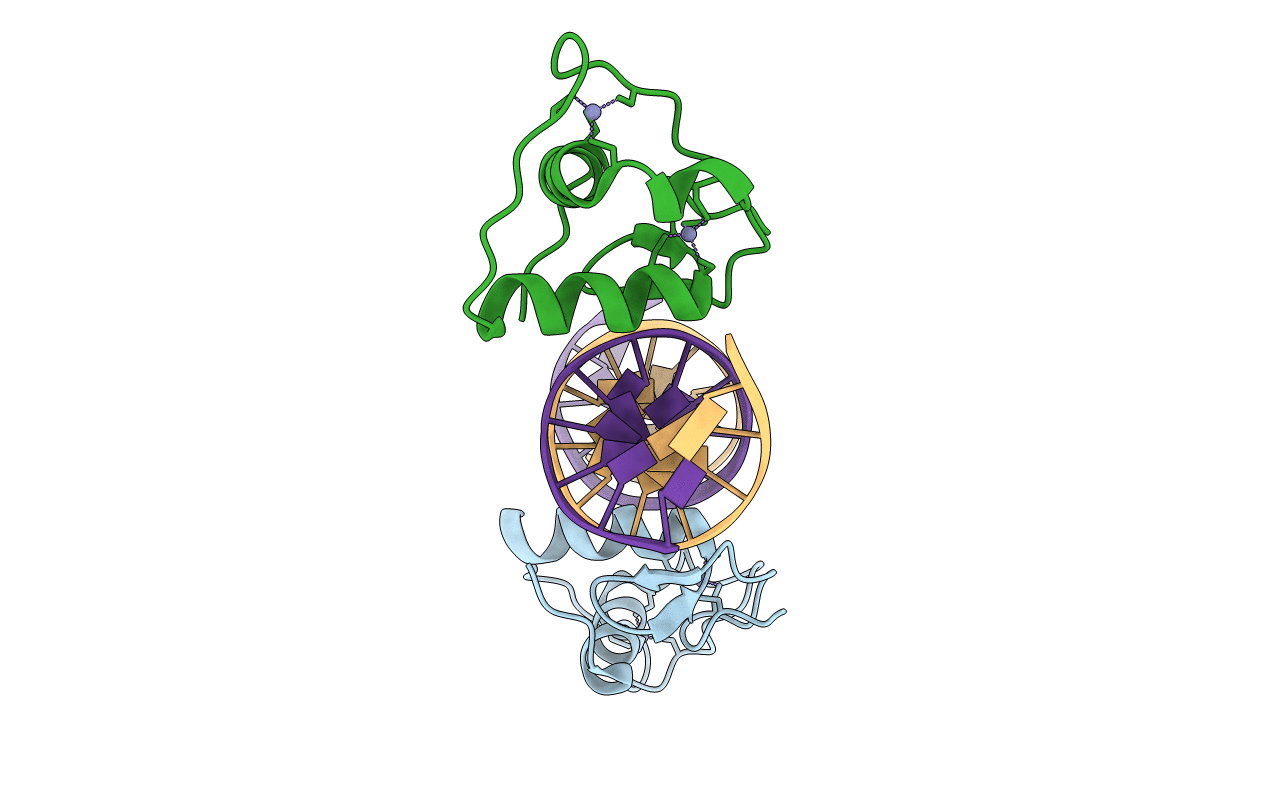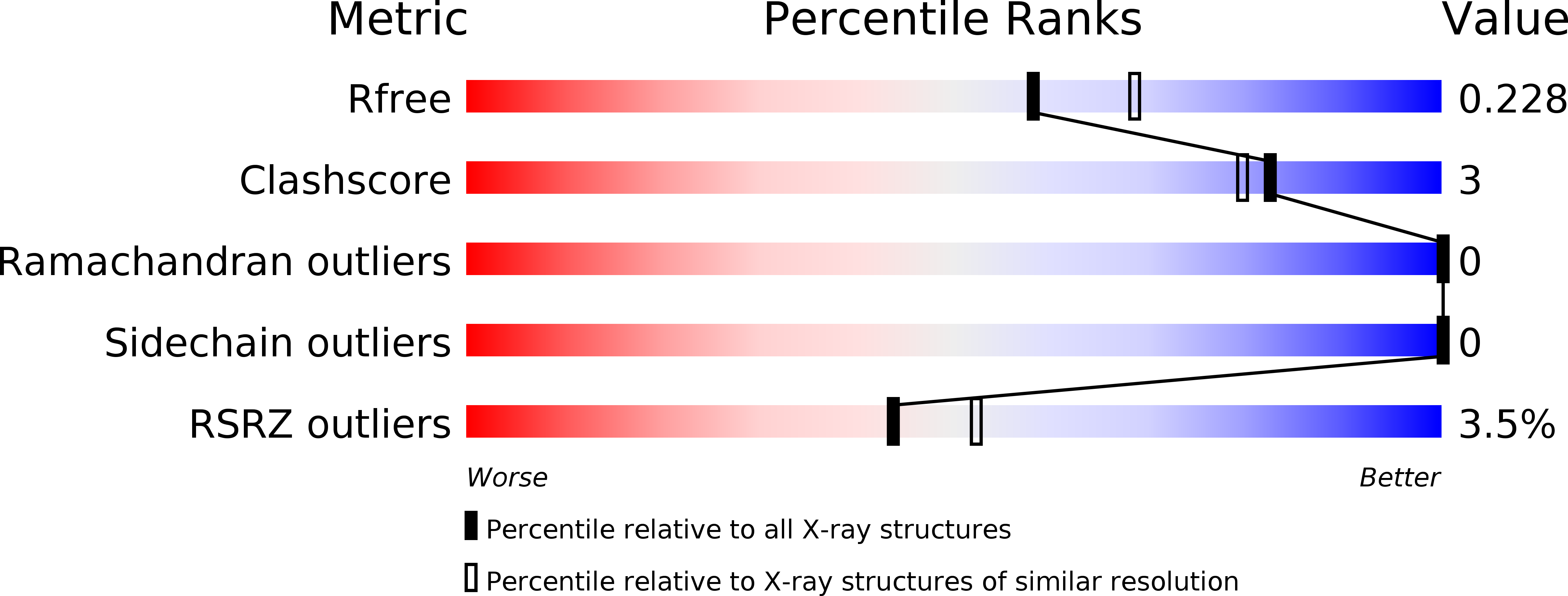
Deposition Date
2017-03-24
Release Date
2017-08-09
Last Version Date
2024-03-06
Entry Detail
PDB ID:
5VA7
Keywords:
Title:
Glucocorticoid Receptor DNA Binding Domain - IL11 AP-1 recognition element Complex
Biological Source:
Source Organism:
Homo sapiens (Taxon ID: 9606)
Host Organism:
Method Details:
Experimental Method:
Resolution:
2.15 Å
R-Value Free:
0.22
R-Value Work:
0.20
R-Value Observed:
0.20
Space Group:
P 21 21 21


